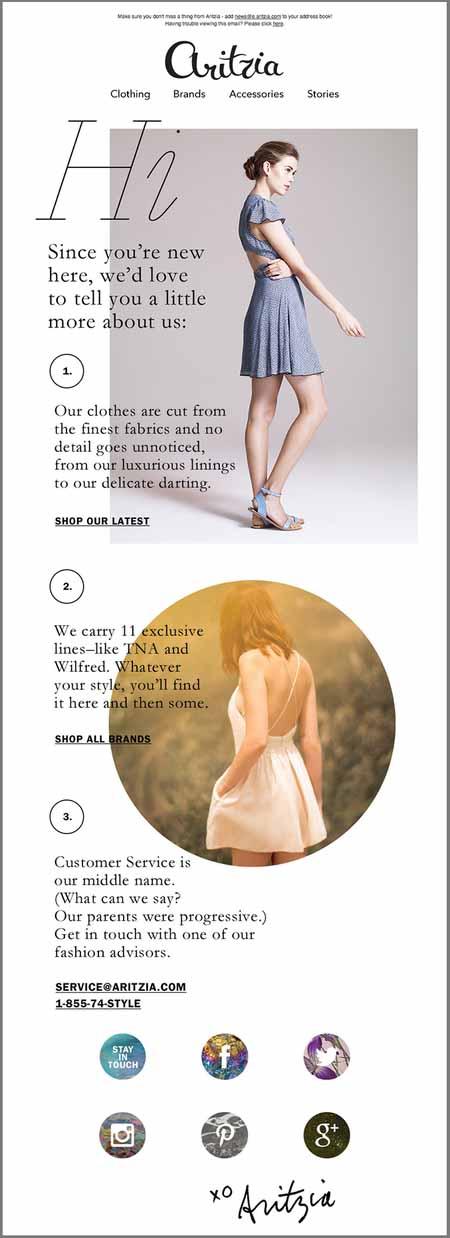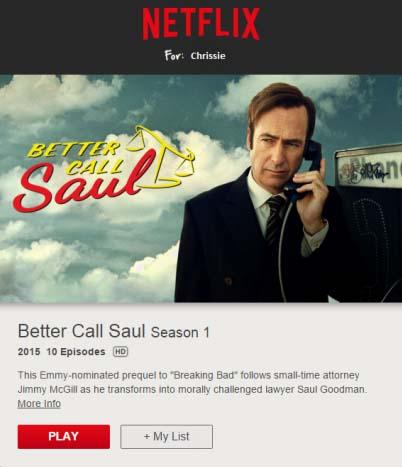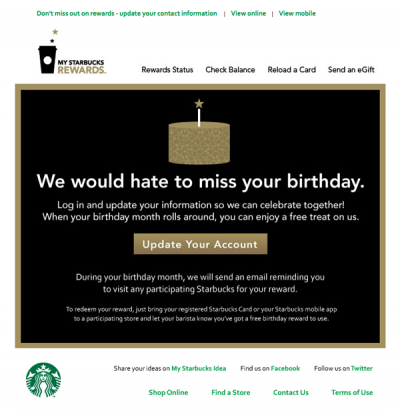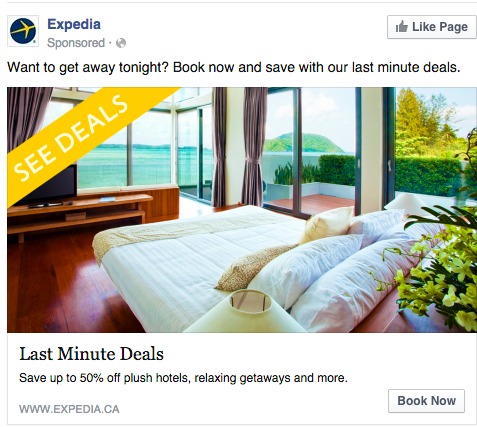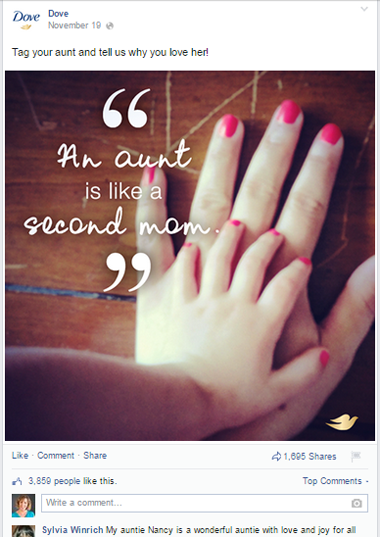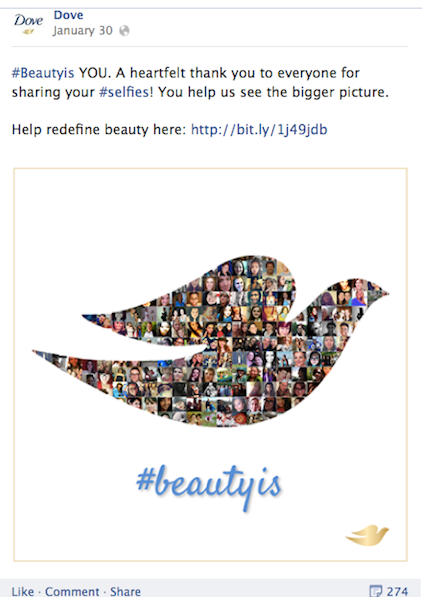How To Align Your Content With Your Leads’ Lifecycle
“I want my leads to convert just once, and never buy from me again…” said nobody ever.
The first purchase a customer makes should merely be an introduction to your brand—the first of (hopefully) many interactions.
The truth is, return customers are better than first-time customers.
Why? For a variety of reasons, including but not limited to their ability to spread brand awareness, likelihood to purchase high-ticket items down the road, and the fact that loyal customers are worth up to 10 times as much as their first purchase.
But retention requires really good content. And not only really good content, but content that’s specific to its intended audience. We need to then be able to align this top-notch content to the correct stages of our consumers’ lifecycle, in order to receive the most value from our relationship with them.
Today, there are so many channels to choose from, it can be dizzying. So let’s break down the most common means of doing this…
Email Marketing
Email marketing has been around for the entirety of the internet, yet some businesses still haven’t fully realized its potential. Even if you have a strong social media presence, emails are the best way to build personal long-term relationships with leads.
Here are a couple of stats that jump off the page…
For every $1 spent on email marketing, you can expect a return of $38. And among retail professionals, 80% find email marketing to be their greatest driver of customer retention.
But setting up a profitable email campaign isn’t as easy as snapping your fingers. It involves mapping out the right sequence of content for your target audience, inputting it into your autoresponder of choice, and reaching your customers at specific points throughout the email sequence. It goes something like this…
- The Opt-In
Email marketing starts with the freebie… ie “Download My FREE E-Book,” or “Enter For A FREE Quote.” But even a free offer can be bungled if you don’t have your audience in mind. In today’s competitive landscape, the goal is creativity.
Here’s an example…
Let’s say you’re trying to build an email list as a perfume supplier. Instead of simply offering a free sample to those who sign-up (like everyone else does), you might want to offer a free guide like “3 Perfume Application Hacks for Long-Lasting Scents.” Or even a video that SHOWS your audience the best way to apply your perfume. The goal here is not to write a sales pitch for your product, it’s to get our audience engaged and entertained which will cause them to opt-in to your list.
Many marketers go awry at this stage because they stop producing valuable content. They instead try to sell their new leads by inundating their inboxes with product offers.
Look, there’s nothing wrong with adding promotions and calls-to-action within your emails, just don’t give high-quality content a backseat.
- The Nurture Sequence
While your goal is always to provide value, this is especially important during the first batch of emails in you deliver, otherwise known as a nurture sequence. This is your opportunity to establish authority and present your brand’s personality to the reader, providing them with anecdotes and useful information that doesn’t come across as too sales pitchy.
Remember those introductions your teacher would make you do on the first day of school? “Hi, my name is … I’m from … and my favorite color is red.” Well, this is the approach of fashion company Aritzia in their welcome email:
Although there are a couple of CTAs thrown in here to encourage consumers to start shopping, this post is 98% about value. Starting with the introductory “hi,” and ending with the humorously written customer service section, we feel like we’re being spoken to by a real person instead of by a faceless entity.
Have fun with your nurture sequence. Don’t be afraid to sprinkle in some creative touches by way of explainer videos, infographics, and helpful how-to’s.
- Engagement Sequence
Once your brand is formally introduced, it’s time to start gravitating your leads in the direction of taking action. This doesn’t mean they’ll start buying your most high ticket items, it just means you’ll present clear actions for them to take.
An example we’re all familiar with is Netflix…
Their algorithm quickly recognizes your pattern of viewing and is quick to make suggestions that keep you engaged with their platform.
- Onboarding Sequence
Now let’s say your consumers have finally made a purchase… what’s next? Well it’s time to lend them a helping hand as best you can, while also keeping the door open for future conversions.
For example, let’s say you’ve sold them a Saas product and have to explain the dashboard setup. You might include something like this in your first paragraph:
“We appreciate your purchase of (insert product name). It might seem like there is a lot to learn, but fear not, we are here to guide you each through each step in setting up your dashboard.
Our founder, (insert name), is here to explain how you can use it to become an industry rockstar!”
(insert explainer video)
A big component of a successful onboarding sequence is referencing your reliable and prompt customer service in every email, just in case customers need help with specifics along the way.
- Follow Up Sequence
Then after a few days have passed, it’s time to follow up again with your customers. While there are similarities between this and the onboarding phase, the goal here is to address further needs and purchasing desires.
This is the stage to run affiliate offers, promote invitations to an event, or simply to remind customers to purchase products that might soon be running out of stock.
It’s also a time to re-engage members of your list who you may not have spoken to in awhile. A study by Salesforce found that 63% of re-engagement campaigns are very effective.
Most major brands are really good at this. Take Starbucks as an example…
Did you catch what they did here? They used knowledge of their customers’ birthdays to offer a “free” treat. The customer might then proceed to Starbucks.com to make another purchase.
Approaching your email sequences with a value-first mindset will not get you a high ROI initially, but it will create a sense of trust from your leads that will keep them engaged over the long haul.
But enough about emails. Let’s talk ads.
Joys of Retargeting
Adroll defines retargeting rather simply… as a process that “converts window-shoppers into buyers.” And it’s so true!
How many times have you created an ad that got tons of impressions and clicks, but very few conversions? It essentially got leads through the door, but failed to make you any money on the front end. Thankfully, you’re not alone. This is why retargeting exists.
Retargeted customers are 3x more likely to click on your remarketing ads than people who haven’t interacted with your business before. So the bottom line is, if you’re not using retargeting pixels, you’re missing the boat.
Google AdWords, Facebook Ads, and Bing Ads have all made serious strides in their remarketing capabilities. But similar to email campaigns, there’s a right way and a wrong way to use them. Let’s discuss the right way…
- Know Who You’re Retargeting
Before you start haphazardly placing pixels on your website, understand what audiences and specific actions you’re retargeting.
There are several criteria to choose from for your retargeting efforts. These include factors like: time on site, number of pages visited, and even users that have not visited a certain page.
So if your goal is to get past site visitors to sign-up for a webinar they missed, you could target people who visited your site but missed the webinar sign-up page. You’d then create an ad targeting that remarketed audience (call it something like “second chance webinar list”) and start serving it on the ad platform of your choice.
Part of knowing who you’re retargeting is knowing which ad platform presents the best possibilities for reach.
For example, you might want to import a retargeting audience into Facebook using the social media giant’s custom audiences feature. The beauty of this? Well, nearly the entire world population uses Facebook and Instagram (custom audiences works for both), and the average user is on these social media platforms for more than 30 minutes a day.
Hint: Instagram Stories is one of the most underutilized ad mediums on the internet. Enjoy those low CPCs while you can!
If much of your site content is video-based, it wouldn’t take a lot to assume your audience likes YouTube videos. This means that you should retarget them through YouTube ads, which means using Google AdWords as your remarketing vehicle.
For significantly lower CPCs in paid search, you must try Bing Ads as well. They’ve developed a competitive remarketing system to AdWords that allows you to market to your Bing audience list, as well as leads who visited your website from other marketing channels—Facebook, Adwords, direct.
- Know Why You’re Retargeting Them
They may have abandoned their shopping cart, missed out on your latest discount, or spent a significant amount of time on a product page without buying—whatever the reason may be, understand why you’re retargeting them based on their lifetime value.
Here’s an example…
Have you ever surfed the web for hotels and decided not to book one? Then suddenly, you start seeing ads like these pop-up on your social media feeds and beyond?
In this example, Expedia is capitalizing on our sense of urgency through an ad from a Facebook custom audience. Why are we being retargeted? Because we looked at hotel rooms for THAT night.
As you can see, retargeting is all about taking the information about your visitor’s site behavior and understanding how the psychology behind why they didn’t take a specific action. In this case, Expedia is addressing their reluctance to book a room based on the idea that it was too expensive. The discounted offer is a concession designed to retain our business. Smart stuff.
Handling Social Media
Stepping away from the paid side of social media marketing, let’s briefly touch on the organic side of it. Your business probably has a Facebook group, an Instagram page, a Snapchat, and many more free social channels to connect with customers and fans.
But here’s the real question… Are you producing content that resonates with your audience’s lifecycle?
Posting high-quality content on a regular basis is good, but interacting with your followers is how you become a legend.
- Address Questions
Address your customers’ questions everyday. This doesn’t necessarily mean rifling through your messages and comments to talk to people one-by-one, but it does mean you should be creating posts that speak directly to your audience.
Check out this great call to action by Dove. Is it helping to sell their skin moisturizers? No, but it’s producing engagement to the tune of thousands of likes and shares.
And for their next act, a thank you post to everyone who shared a selfie with the #beautyis.
We’re not sponsored by Dove or anything. They’ve just given us some incredible examples of social media engagement posts that reward consumer behaviors and actions.
Food For Thought?
Aligning your content begins with goal setting. Map out your objectives for leads passing through all of your different funnels, and determine whether you’re trying to get them to make a direct purchase or simply trying to boost engagement and reach.
If anything is certain when it comes to content creation, especially in 2017, it’s that value is key. If you can provide personality, color, and enthusiasm to leads, repeat customers, and everyone in between, you’ll set your brand up for long-term success.
“Enthusiasm moves the world.” – Arthur Balfour



